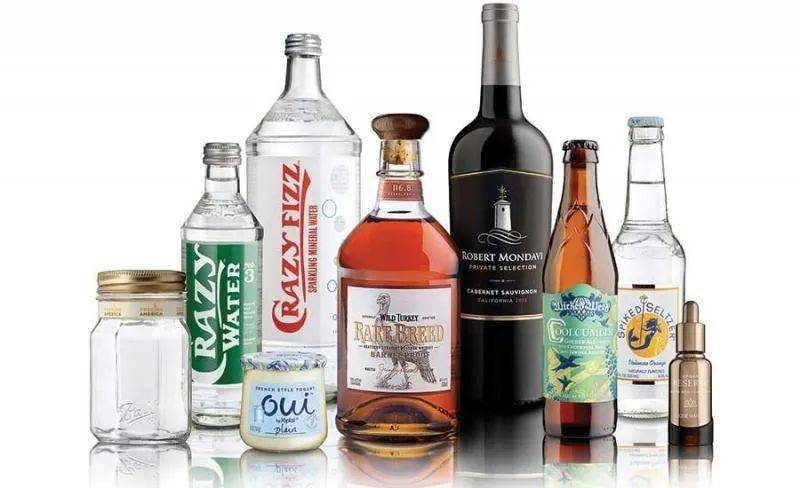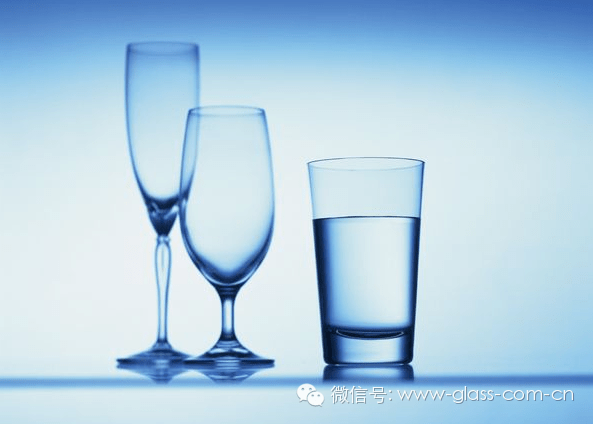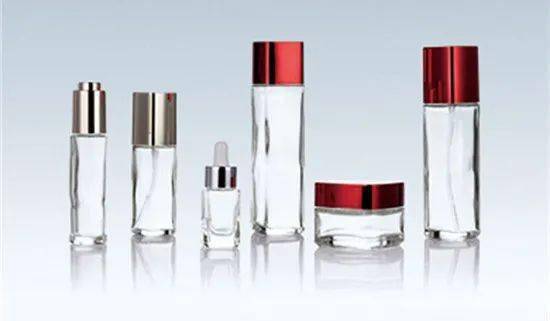The 2021 Global Beverage Containers Market Research Report provides information on market size, share, trends, growth, cost structure, capacity, revenue, and forecast for 2026, as well as a comprehensive analysis of the beverage containers market and all aspects of its impact on market growth, a comprehensive survey of the beverage container industry, and data for companies to develop strategies to expand market growth and effectiveness.
The beverage container market value of $204.02 billion in 2020 is expected to reach $283.98 billion by 2026, with a CAGR of 5.08% during the forecast period.
Leading companies in the global beverage container market are: Ardagh Group, Piramal Glass Private Limited (Piramal Group), Gerresheimer AG, Vidrala SA, Owens Illinois Inc., Vetropack Holding AG, Plastic Packaging, Alpha Packaging Inc., Amcor PLC、Consolidated Container Company LLC、Berry Global Inc.、Comar, LLC、CKS Packaging Inc.、Metal Packaging、Crown Holdings、Ball Corporation、Can-Pack SA、THIELMANN AG (Heritage BV)、 Paperboard Container, Tetra Pak International SA (Tetra Laval), Mondi Group, Smurfit Kappa Group, SIG Combibloc Group, and more.
Industry Related News:
In February 2020, Amcor announced its latest custom design at a wine and grape symposium in North America. The company also announced a partnership with Garc, through which Amcor will produce bottles made from recycled plastic (PCR) PET plastic in the United States.
In January 2020, Ardagh Group's North American business unit, the largest glass bottle manufacturer in the U.S. wine market, unveiled six new complex glass bottle designs.
Key market trends
(1) Plastic packaging occupies an important market share
Recyclability and the ability to press molds into different shapes make plastics an attractive option, while also enabling beverage companies to increase convenience (light weight), many beverage companies are launching environmental initiatives that will meet the demand for PET containers over the next four years.

Consumers' growing preference for recyclable plastic bottles has also prompted suppliers to launch new products. For example, in October 2019, Coca-Cola unveiled a new plastic bottle made from marine plastic, using about 300 sample bottles from marine plastics recycled from the Mediterranean sea and beaches.
The food and beverage industry is one of the largest consumer markets for plastics. In the beverage industry, the adoption of recyclable PET has witnessed a huge growth trend due to sustainable packaging policies in the U.S. beverage industry such as Coca-Cola and PepsiCo. For example, in 2018 Nestlé launched its first 100% recycled PET bottle, planning to use 25% recycled PET bottles by 2021 and 50% recycled PET bottles by 2025. In addition, Danone Group commits. By 2025, its Evian brand water bottles will reach 100% recycled PET.
In addition to carbonated beverages and juices, plastic remains the most preferred container type for packaged water, and Nestlé, a well-known company in the packaged water industry, recently pledged to increase the use of recycled plastic in Europe by 2025, including 25% of recycled PET bottles in bottles.
The growth of the PET bottled water market has been helped by developing economies such as China, India and Brazil, and the adoption of bottled water has also increased, with the exception of the PET bottled water market in dominant regions such as the United States and the United Kingdom.

(b) North America will hold the largest market share
Packaging plays an important role in widespread beverage consumption worldwide, and strong demand for sustainable and easy packaging solutions will drive demand for beverage containers in North America. According to the Packaging and Processing Technology Association (PMMI) 2018 Beverage Report, the North American beverage industry is expected to grow by 4.5% between 2018 and 2028.
In addition, many companies are adopting innovative beverage packaging solutions to provide shelf appeal and differentiation. A practical package and label highlights the uniqueness of the product and shows that its product is different. For example, in 2019, Australia-based A2 Milk expanded its operations in the U.S., offering 2 milk cartons that use color graphics to distinguish milk varieties, and graphics on the packaging also depict differences in A2 milk.
In addition, the California government has listed some regulations that plastic container manufacturers must comply with. Manufacturers must follow at least one of the following regulations: Containers must be made of at least 25% recycled material, be reusable, have a recovery rate of at least 45%, and contain plant preservatives that can be used later.

Over the past few years, the United States has emphasized recycling glass packaging bottles. According to the American Glass Packaging Association, the country uses more than 3.35 million tons of glass packaging bottles each year, and the production of glass containers accounted for more than 35% of that figure in 2018, under which the United States has built more than 80 recycling plants for all recyclable materials.
As demand for glass bottles and containers continues to grow in the U.S., overseas companies seek to seize opportunities for business expansion in the U.S. For example, in August 2019, Japan's Arglass Yamamura announced an investment of more than $123 million to build a manufacturing facility in South Georgia, and as this strategic move advances, the company plans to use its latest glass forming technology.
Edit | China Glass Mesh
【International】Saudi Arabia's first soda ash production enterprise postponed operations
【International】The world's largest glass observation deck will open in New York
【International】The 2021 US International Glass Doors and Windows Exhibition came to an end beyond expectations
【International】The Italian National Pavilion debuted at the 2021 International Glass and Doors and Windows Exhibition in the United States
【International】British glass company released a zero carbon emission strategy
【International】Non-residential building glass and related construction in the United States have declined again
【International】Vietnam has a serious overproduction of cement, tiles and glass
【Market】Exponential growth! The global small glass bottle market reached $3.22 billion
【Market】The European Federation of Container Glass put forward a declaration on the future of the glass industry
【Market】In 2031, the compound annual growth rate of the glass tableware market will reach 3%
【International】German container glass industry: in the face of the epidemic in 2020, sales growth is still achieved
【International】Batang Industrial Zone will build the largest glass industry in Southeast Asia
【Market】In the next four years, the market value of glass tiles will exceed 69.9 billion US dollars
【Market】Automotive laminated glass: Market growth rate of 4.5% in the next seven years
The original and integrated articles of this public account, please indicate the source of the article when reprinting.
disclaimer:
The above views do not represent the position of "China Glass Network", and the copyright of this public account article belongs to the original author and original source.
The content is the author's personal opinion, does not mean that the official account endorses its views and is responsible for its authenticity, this public account only provides reference and does not constitute investment and application advice. However, due to the large number of reprints, or can not confirm the true original author, so only indicate the source of the reprint, such as the wrong source, involving the copyright of the work, please contact the author, we will deal with it at the first time, immediately correct or delete the relevant content, thank you!